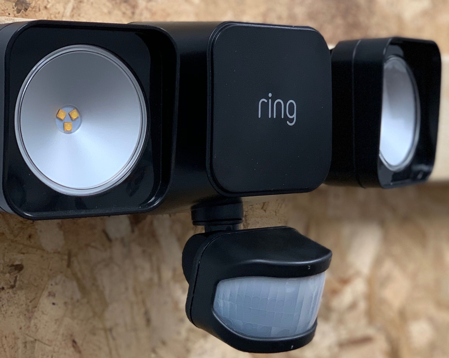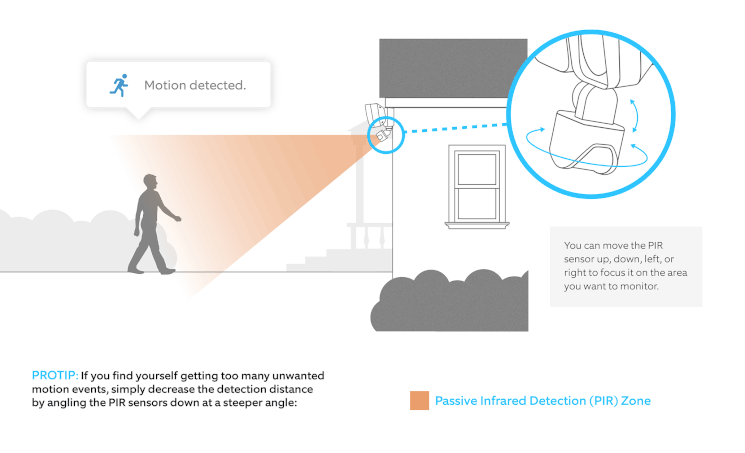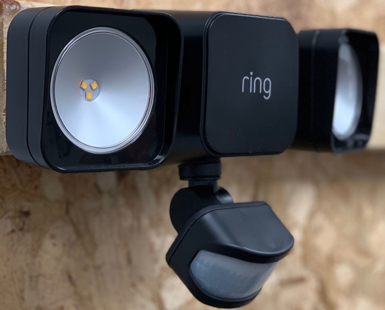Maximizing Your Smart Lights Motion Detectors
Ring Smart Lights use a technology called "passive infrared" or PIR in order to detect motion. As a result, the effectiveness of your Smart Lights at detecting motion is dependent on the way your PIR sensors are set up. This article will help you understand PIR technology and how to use it for maximum effectiveness.
Setting the PIR sensors
PIR sensors live behind the parts of your Ring device made of a translucent white material called Fresnel lenses. These lenses have diamond-like facets cut into them. How these facets are oriented will affect how motion is detected.
Here's a Smart Lighting Floodlight in a typical PIR configuration that offers maximum detection range:


Note in the illustration below how the facets face down at a slight angle.

If you find yourself getting too many unwanted motion events, simply decrease the detection distance by angling the PIR sensors down at a steeper angle:



Focusing your detectors
PIR sensors view the world in a 180-degree field-of-view from side to side.
This field-of-view can be moved side to side by pointing the motion sensor in the direction of where you want to detect motion.

The important thing to notice here is that the light stays in place even as you adjust the sensors. That means that your motion detection range does not necessarily have to match the direction the lights are pointed in.
Other considerations
PIR sensors are generally very reliable and we've engineered the ones in Ring devices to behave well in a variety of weather conditions, including wind and rain. In addition, your Ring app has sensitivity reduction controls that can help reduce the number of unwanted motion events.
PIRs detect motion by detecting changes in heat. As a result, the following positioning pointers may also help you reduce the number of unwanted motion events.
- Mount Ring Smart Lights to stable objects. If the light or sensor sways in the wind, that might trigger a motion event.
- Take note of the weather in your area. Shadows and clouds can cause temperature fluctuations in an area warmed by intense sunlight and this may trigger unwanted motion events.
- If possible, avoid placing the device where the sun can shine directly into the Fresnel lens and onto the PIR. If possible, north or south facing works best since the sun moves east to west across the sky.
- Plants (especially those with many leaves) can temporarily trap heat from the sun motion events when they sway in the wind. This can lead to more motion events early at night when the sun goes down, but the plants have not yet cooled.
- High winds can be warmer or cooler than the settled air, resulting in motion events. If possible, try to point the motion sensors toward less windy areas.
